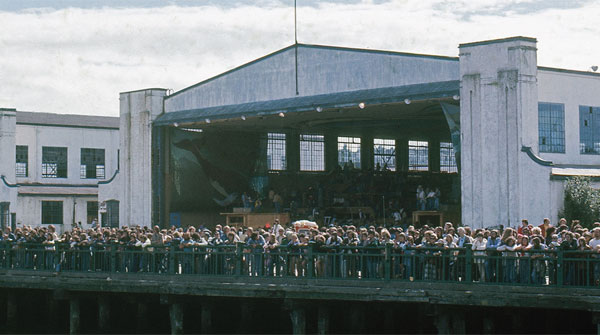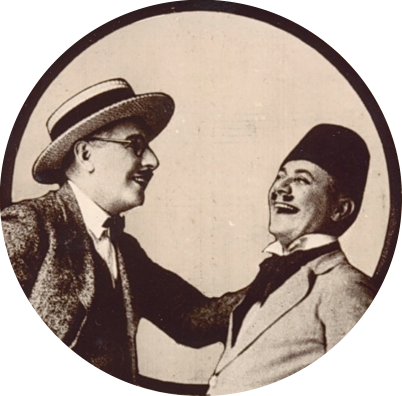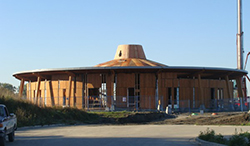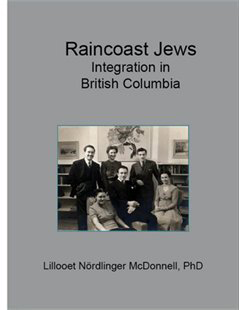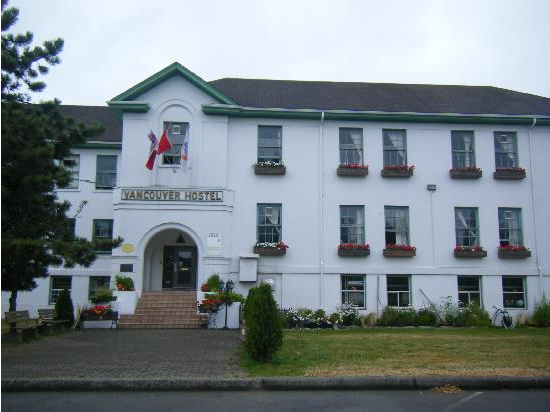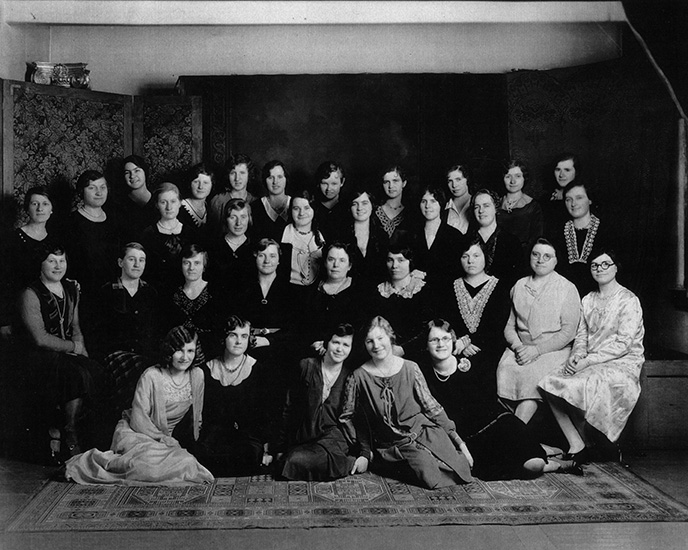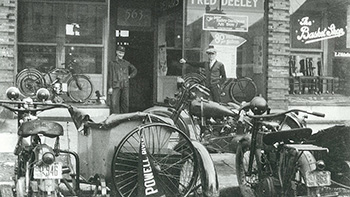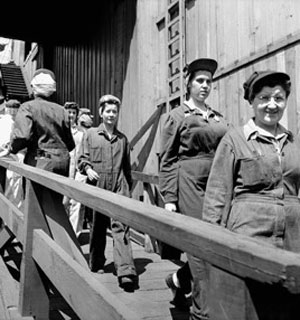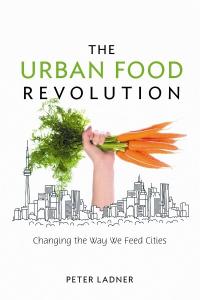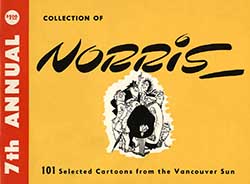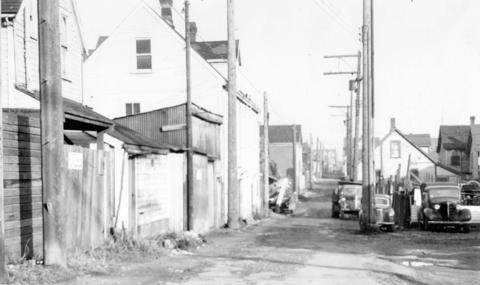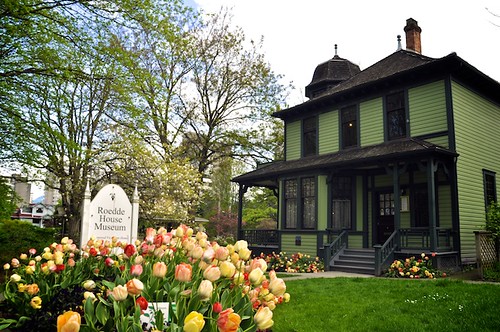Summaries of Talks and Field Trips - 2015
Glimpses of the Past through description, related books and internet connections
Habitat Forum and the United Nations Conference of 1976
At the end of May 1976, Vancouver was abuzz with the opening of the United Nations Conference on Human Settlements, the largest UN conference at that time. Focusing attention on the city, the conference drew 10,000 people from 150 countries, a big event for small Vancouver. Luminaries in attendance were Margaret Mead, Mother Teresa, Buckminster Fuller, Paolo Soleri, Pierre Trudeau, etc. Habitat Forum, a parallel utopian gathering of non-governmental organizations was organized by community activist Alan Clapp and others. For this, thousands of volunteers and local artists transformed the former military base at Jericho Beach into an extraordinary “happening.” In fact, this unofficial site became much more vibrant and alive that the downtown activities, drawing large numbers. The conference closed on June 11th but a strong if often unacknowledged wider legacy remained. The physical remains of the Jericho conference site, however, have all but disappeared.
Vaudeville: The Great White Way
Vancouver had its own Great White Way along a five block stretch of downtown where mixed variety itinerant vaudeville entertainers strutted their stuff not that long after the city’s incorporation. Given the nature of vaudeville, it was entertainment for the everyman. As such, this vibrant entertainment found a home in five blocks along Hastings Street from Main Street west, an area which was originally the development territory of the Vancouver Improvement Company. This was in contrast to the more tony, upscale Opera House of Granville Street, part of the old CPR concession which ran from Cambie to Burrard Streets. (That area was for the Sarah Bernhardts and Mark Twains) Even the Opera House would eventually give way to the popularity of vaudeville and become an important venue for acts. The small area along Hastings Street comprising cinemas, pool halls and restaurants, thus became a natural anchor for less classy but highly entertaining acts in Vancouver. These performance theatres often changed ownership and names during the brisk years of the early 1900s; however, when vaudeville died elsewhere because of the Great Depression and “the talkies”, they persisted in Vancouver for some time attesting to the resilience of the owners and the unique character of the city.
Musqueam Traditional Territory Field Trip
Today the Musqueam First Nation permanent settlement is located on its traditional territory on the north branch of the Fraser River. Set at the entrance of its Community Centre are richly carved welcome house poles. Inside is the Mary Point designed Musqueam logo of stylized frogs and bulrushes spiraling around a setting sun. Other artwork in the Centre often contains the “protecting eye”; as well, suspended in the corridor of the Centre is a 12 meter (40 ft) war canoe, carved from a single log. It is representative of the many battles fought with more northerly indigenous groups in order to protect their Musqueam women.
Near the Community Centre is the community’s Longhouse for formal events such as naming ceremonies. It’s modern gabled roof design contrasts with the traditional shed-roofed longhouses of the former village of Mali nearby – the town centre at the time of contact 200 years ago.
This portion of the bank of the Fraser River represents the strong traditional relationship with the Musqueam as warrior-guardians of the river’s mouth. In the nearby cultural centre are artifacts used in traditional food gathering and preparation as well as for making clothes. In contrast, and occupying space at the edge of the reserve is the site of a Chinese market-garden settlement used during the first half of the 20th century.
B.C. Jewish history, 1858-1958
Those who follow the Jewish faith have had a long, distinguished and productive history in British Columbia. In the early years starting from 1858 when relatively small numbers of anglo-acculturated Jews first came to BC for gold, trade and wealth, there was a disproportionate but remarkable period of civic contributions in terms of politics and commerce; in fact, thirty percent of the Freemasons were Jewish. When Vancouver’s popular second mayor David Oppenheimer died in 1897 a local newspaper proclaimed him as “the best friend Vancouver ever had”. However, from the 1920s when Canada was becoming decidedly more discriminatory and Eastern European Yiddish-speaking Jews were coming into the country, attitudes changed. This change led the decidedly xenophobic and anti-Semitic Director of Immigration from 1936-1943, Frederick Charles Blair to deny entry to Jews fleeing Nazi persecution thus causing so many to subsequently needlessly suffer and/or die. Attitudes changed slowly after WWII; nonetheless, the province’s Jewish population continued to make significant contributions to the well-being of the overall society. (see: Lillooet Nördlinger Mcdonnell’s Raincoast Jews: Integration in British Columbia, Vancouver: Midtown Press, 2014)
Jericho Park History Walk
The quiet idyllic setting of ponds and expansive lawns of Jericho Park belie its importance in Vancouver history. For several millennia Jericho beach housed First Nations seasonal sites rich with flora and fauna. In the late 1860s Jeremiah (Jerry) Rogers began logging operations on land for which he was later given a crown grant. Logs taken from Jerry’s Cove (later shortened to Jericho) supplied the Hasting Sawmill Company in Gastown. In November 1892 the Vancouver Golf Club built its first six-hole golf course there but it was destroyed in a winter storm two years later. From 1907, the Jericho Country Club drew the upper classes until 1942 when they lost the lease and the club property, including trophies and Minutes Books, were dispersed among its members. Its socially prominent members then joined other golf clubs elsewhere in the city. The building served as an officers’ mess until 1945 and burned down in 1948. In 1920, on the western end of Jericho Beach, the Canadian Air Board leased land which the RCAF took over to create a flying boat station. In 1940 the Pacific Command Headquarters moved in. Acquired by the city and renamed Jericho Park in 1969, the old military buildings were converted into a youth hostel, Jericho Sailing Centre and the Jericho Arts Centre. In 1976 several of the hangars served as the site of the highly successful Habitat Forum. Just east of Jericho Park (Hastings Mill Park at Alma Street), stands the old Hastings Mill Store, now a Museum which was barged from its Dunlevy St. location in 1930. The Jericho Park area is indeed Vancouver history in layers. [see: James Skitt Matthews, Jericho, English Bay (“Jerry’s Cove”), Vancouver: Vancouver City Archives, n.d.; F. M. Chaldecott, Jericho and Golf in the Early Days in Vancouver, 1892-1905, Vancouver, 1935; Christopher Weicht, Jericho Beach and the West Coast Flying Boat Stations, Chemainus, B.C.: MCW Enterprises, 1997; Lindsay Brown, Habitat ’76, Black Dog Publishing Ltd., 2015; ww.hastings-mill-museum.ca]
Daughters in the City: Mennonite Maids in Vancouver, 1931-1961
When young Mennonite women came to Vancouver to work as maids from the 1930s largely for the higher wages offered here, they brought with them their sacrosanct Low German language and a strict set of principles which circumscribed their lives. Living collectively in houses purchased by the Mennonites and overseen by matrons ensuring that they didn’t succumb to the “evils” of the city, they fanned out daily over the city via streetcar to their various places of daily employment. These young women were in high demand by many households throughout the city because of their work ethic and high moral principles. The last home was closed in 1961; however, many descendants of the original Mennonite maids have become an integral part of the Vancouver fabric. [see Ruth Derksen’s Daughters in the City: Mennonite Maids in Vancouver, 1931-1961, Vancouver: Fernwood Press, 2013.]
Deeley Motorcycle Exhibition Museum, 1875 Boundary Road
The Trev Deeley Motorcycle Company, the oldest motor cycle dealership in Canada, was begun under Fred Deeley Sr. as a Harley Davidson dealership in 1917 and, in 1957 was the first company in the English speaking world to sell Honda bikes. Located in the same facility as the present dealership is the Deeley Motorcycle Exhibition, a museum which now houses 120 years of motorcycle history from all over the world. Displayed in this Trev Deeley collection are 250 privately owned vintage and antique motorcycles, machines which are cultural icons of desire, evasion, wonder and speed. For many they represent freedom and independence. Thus, for the motorcycle enthusiast, it evokes rich memories.
Bread and Roses: The History of Women in the Vancouver Labour Movement
From Vancouver’s early days women have played important roles as supporters, activists and leaders in the labour movement. For example, in 1900, when 8000 in the fishing industry went on strike, 700 women cannery workers, mostly aboriginal women, helped win a settlement. Women also formed unions such as the 1913 Home and Domestic Employees Union which fell apart when the union fell apart. In 1935 the striking Corbin Mining wives suffered brutal repression when they attempted to support the strike and in 1938 activists like Helena Gutteridge spoke at rallies supporting strikers at the Sinclair Centre and Art Gallery. During WWII women took on roles manufacturing and as shop stewards but most were “pink slipped” at the end of the war to make way for returning soldiers. As late as 1981, Grace Hartman, national president for the Canadian Union of Public Employees was jailed for 45 days for defying back-to-work order issued to the Hospital Workers Union. Women have long been active in the labour movement. [Image: Female Shipyard Workers, Vancouver 1943. Photographer: Joseph Gibson. National Film Board of Canada. Image courtesy of Library and Archives Canada.]
The Urban Food Revolution: Local Food Comes Full Circle
Our reliance on industrial agriculture has resulted in a food supply riddled with hidden environmental, economic, and health care costs and beset by rising food prices. With only a handful of corporations responsible for the lion’s share of the food on our supermarket shelves, we are incredibly vulnerable to supply chain disruption. As well, real environmental and dollar costs to food are often ignored and were they to be part of the real costs, the total cost of a hamburger, for example, would be more like $200. Cities like Vancouver, however, are taking a forward thinking role in community food security through small area food production. Growing community through neighbourhood gardening, cooking and composting programs, help to make people healthier, alleviate poverty, create jobs, and make cities safer and more beautiful. [see: Peter Ladner’s The Urban Food Revolution: Changing the Way We Feed Cities, Gabriola, BC: New Society Publishers, 2011]
Len Norris and the Vancouver Imagination
The Sun cartoons of Leonard Matheson Norris (1913–1997), drawn between 1950 and 1988, captivated generations of Vancouverites and, unusual for editorial cartoons, continue to be as relevant and funny today as when he created them. With their “everyman” cast of characters and universal themes of hypocrisy, pomposity and the fate of the downtrodden little guy, they differ from the hard-edged political content of most of Norris’s contemporaries. As well, Norris created memorable landscapes of places like “Ambleside and Tiddlycove” and Victoria that have coloured perceptions of them for a half-century.
Hogan’s Alley, Black Vancouver and Public Memory
Black people have been in the Vancouver area since the 1860s, but the closest thing the city had to a centralized black neighbourhood, Hogan’s Alley, thrived in what is now Strathcona in the early to mid-twentieth century. It was a truly vibrant, safe place which developed its own pantheon of rich characters. The neighbourhood’s demise occurred when it became collateral damage and disappeared under the 1970’s effort to modernize the city. However, recent efforts have been made to memorialize the community in terms of its prominent individuals, social conditions, collective actions and important institutions. (Image: [View of Hogan’s Alley] CVA AM54-S4-: Bu P508.53)
Mr. Roedde’s Neighbourhood: a glimpse into early settlement of one part of the West End (1891-1913)
Neighbourhoods are defined by their location within a city, the people who live there, their occupations and architecture with which they wrap, identify and express themselves. When Vancouver emerged through explosive development and growth shortly after its incorporation in 1886, people settled in neighbourhoods like those around Gustav Roedde’s family home in the West End. Lots were divided, apartment houses built, and different classes of people moved in to give the neighbourhood a distinct identity. Chris Stocker found that the people of Roedde’s Neighbourhood were disproportionately English and engaged in middle class occupations such as drygoods merchandising or white collar employment with the CPR. [see: Roedde House Museum, 1415 Barclay Street, Vancouver]


